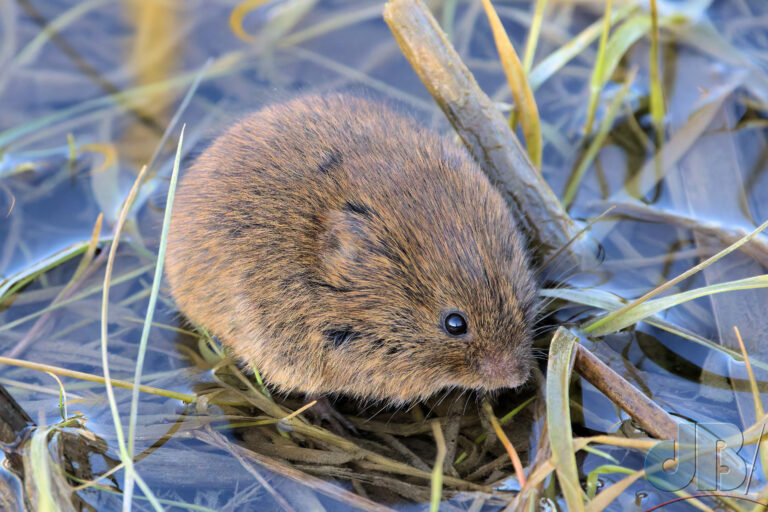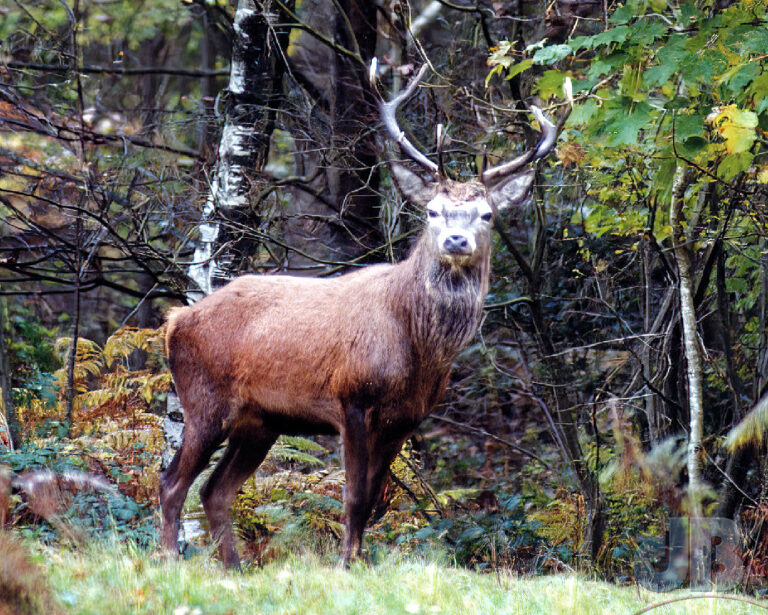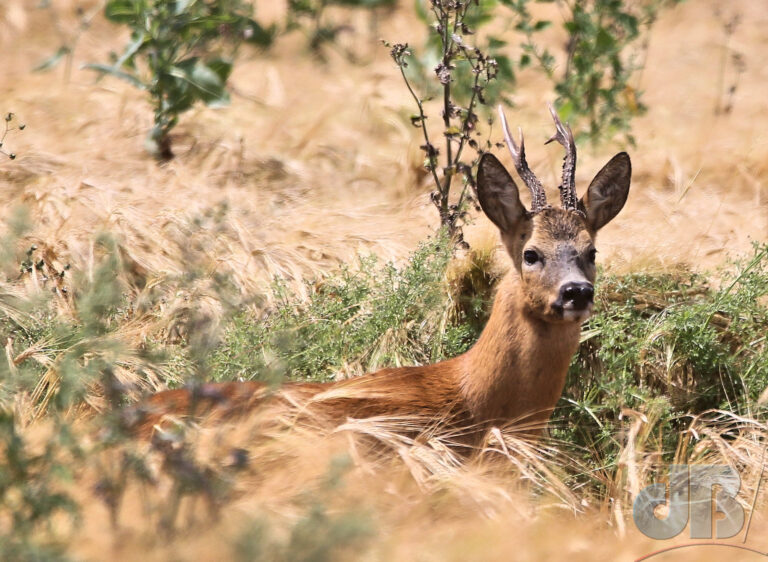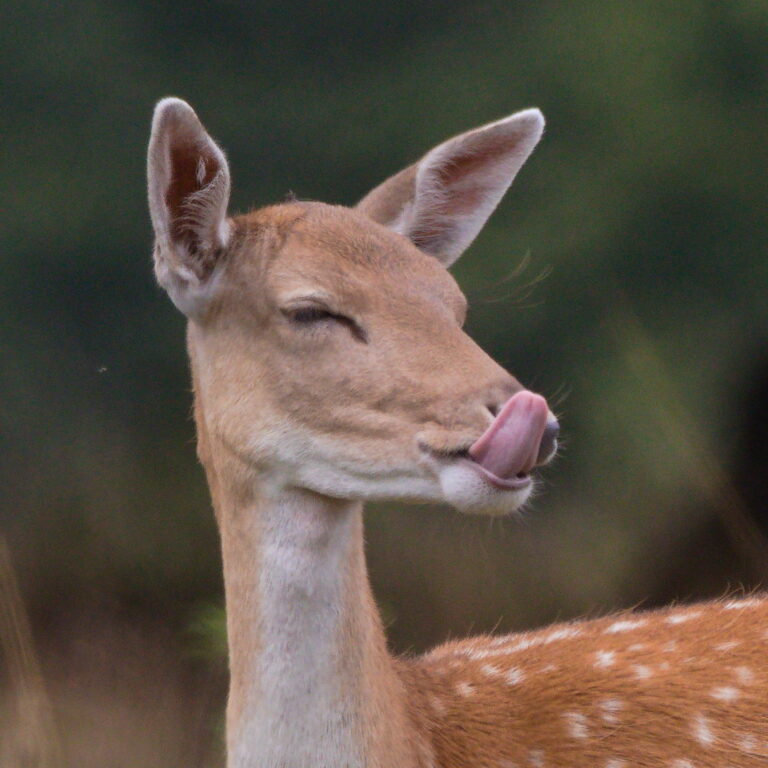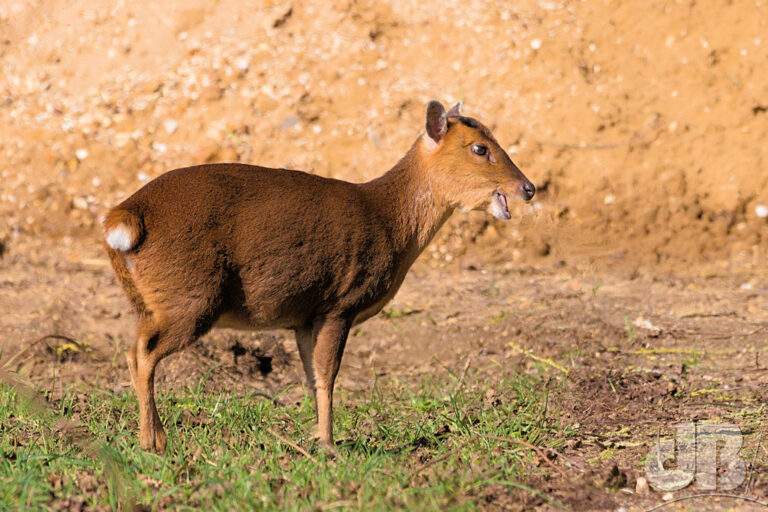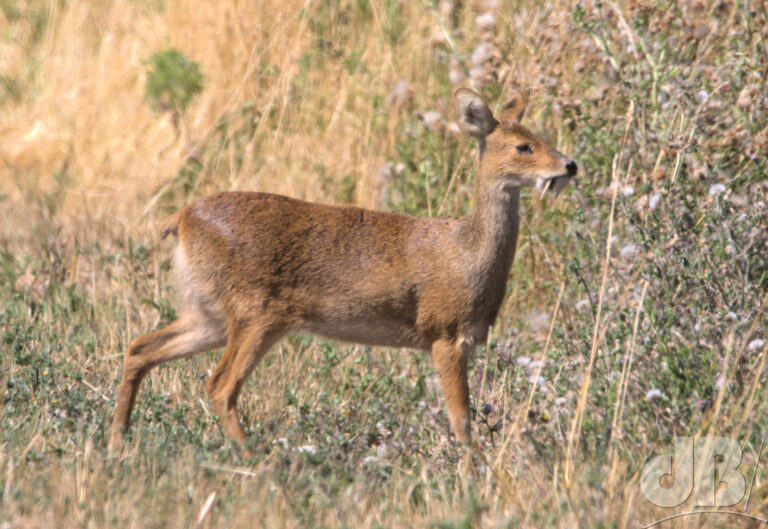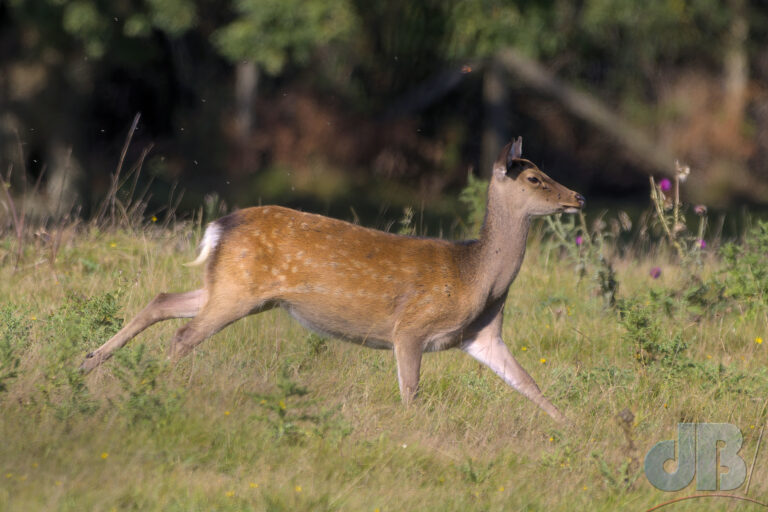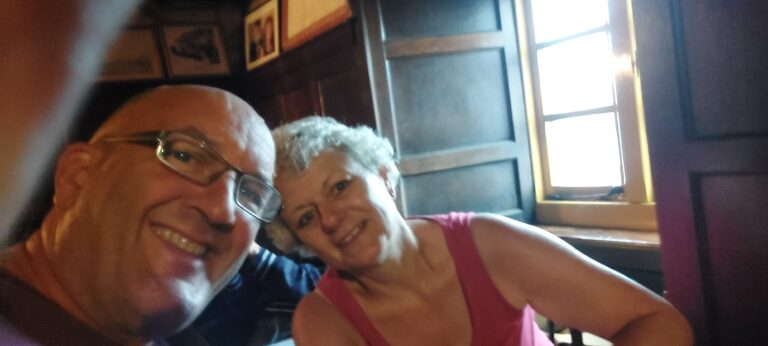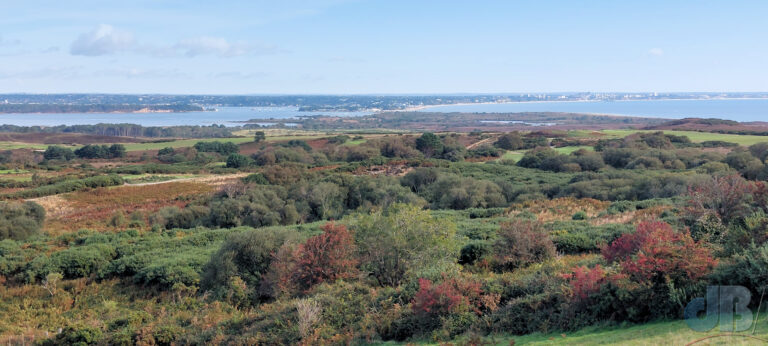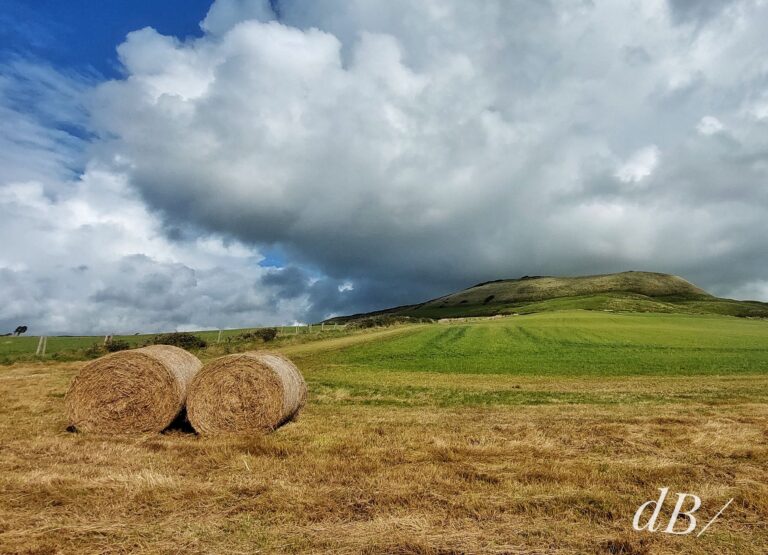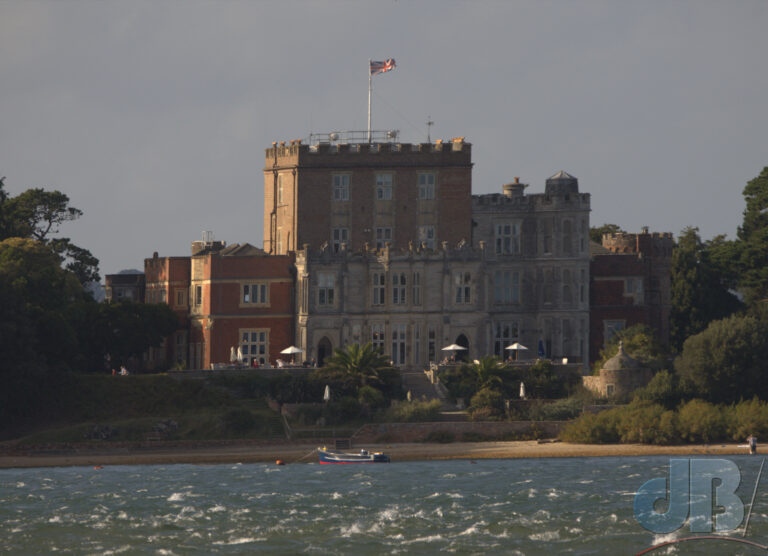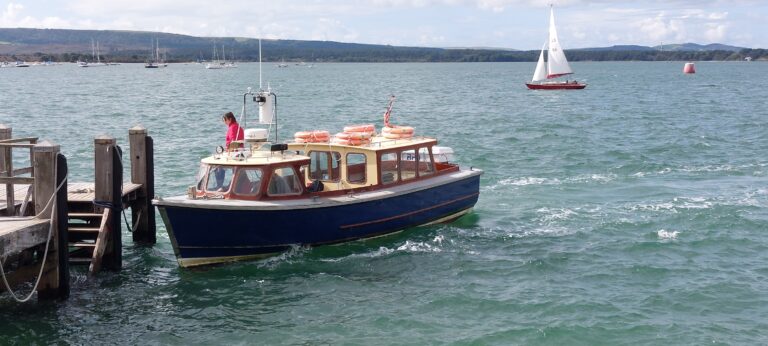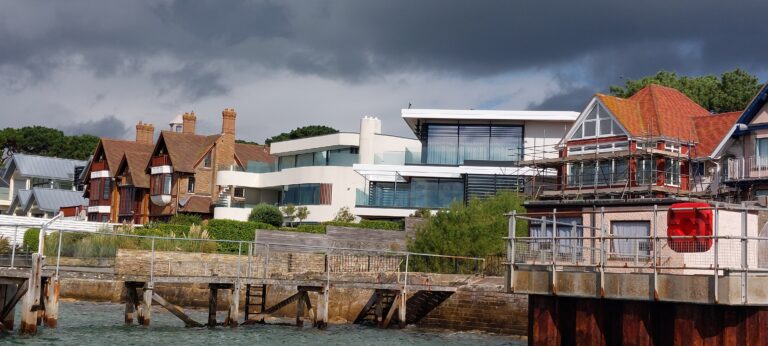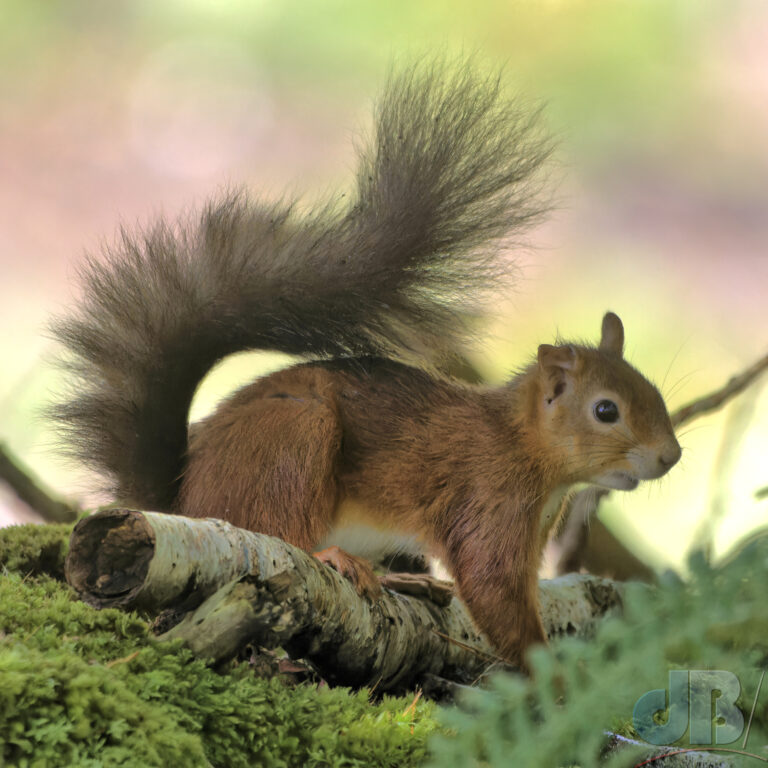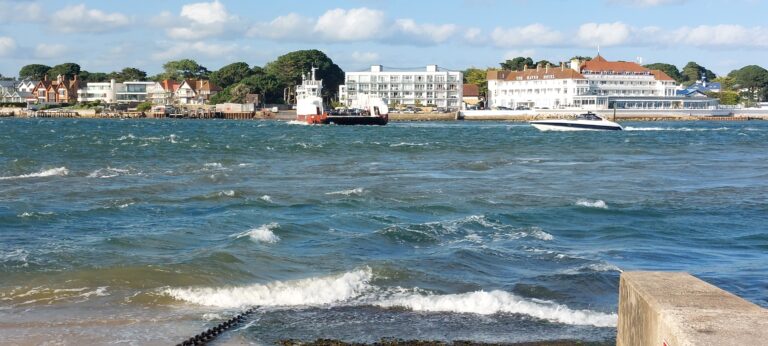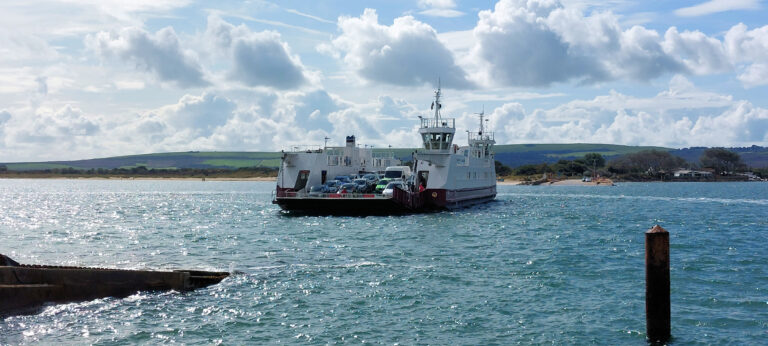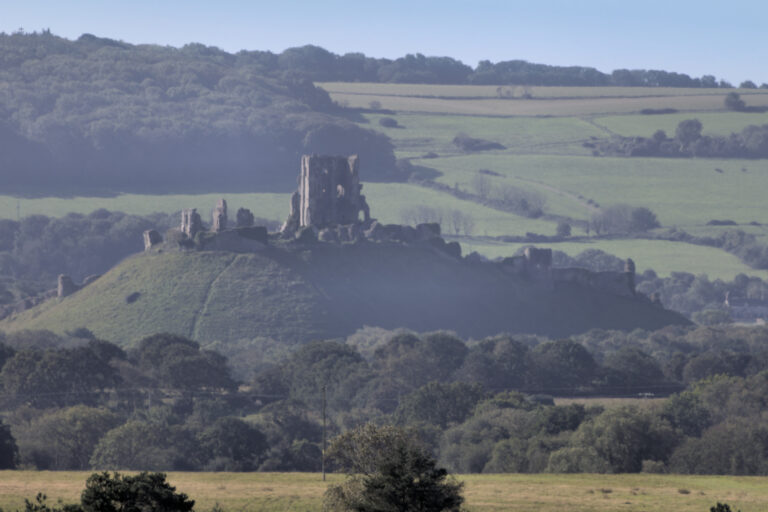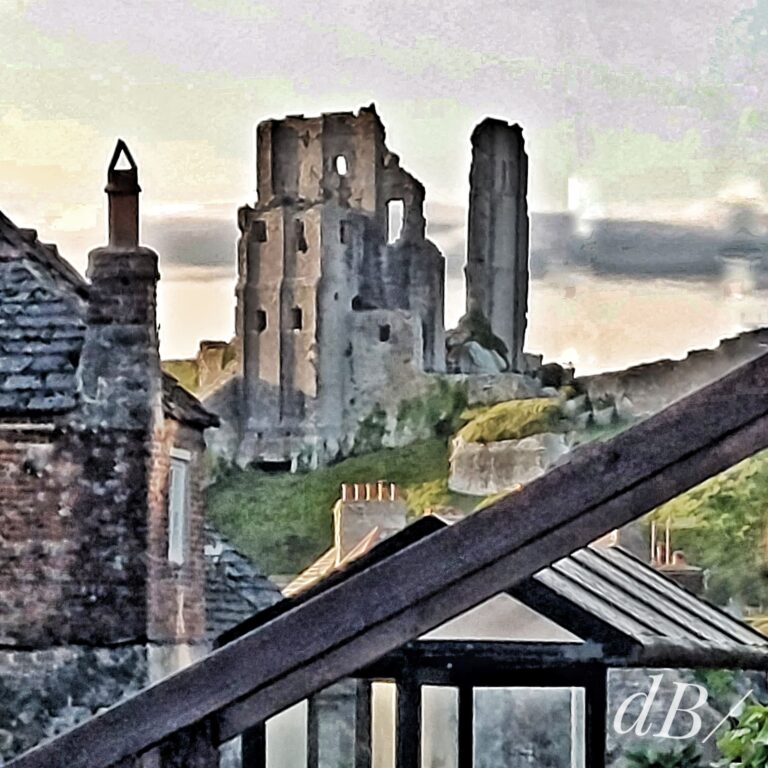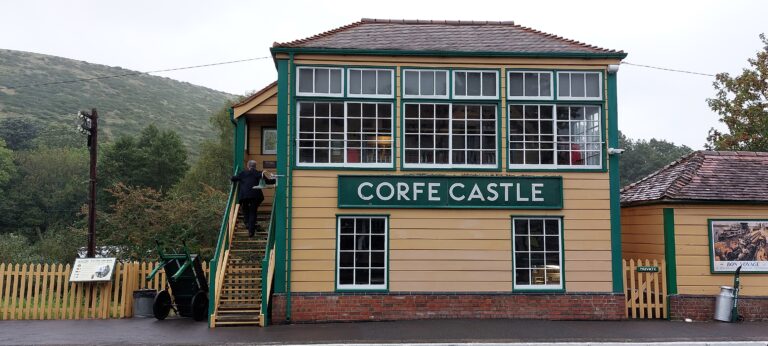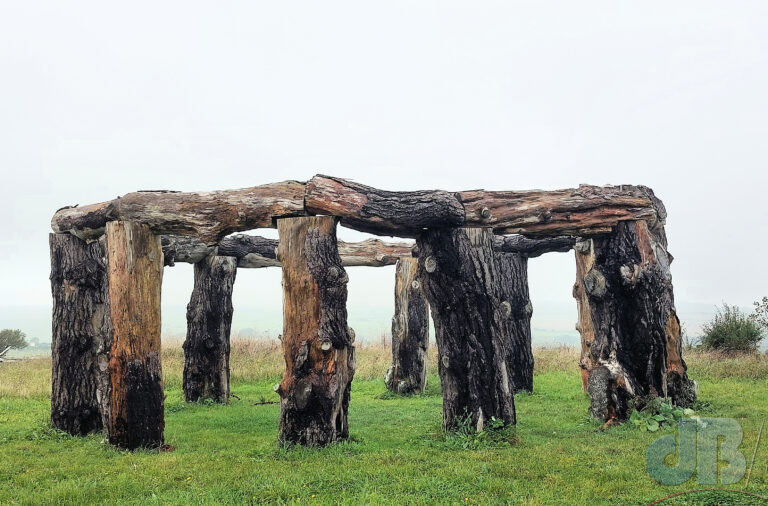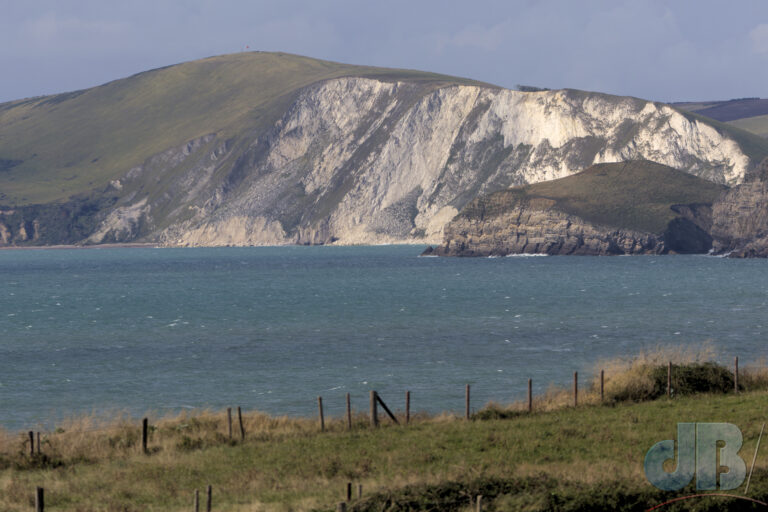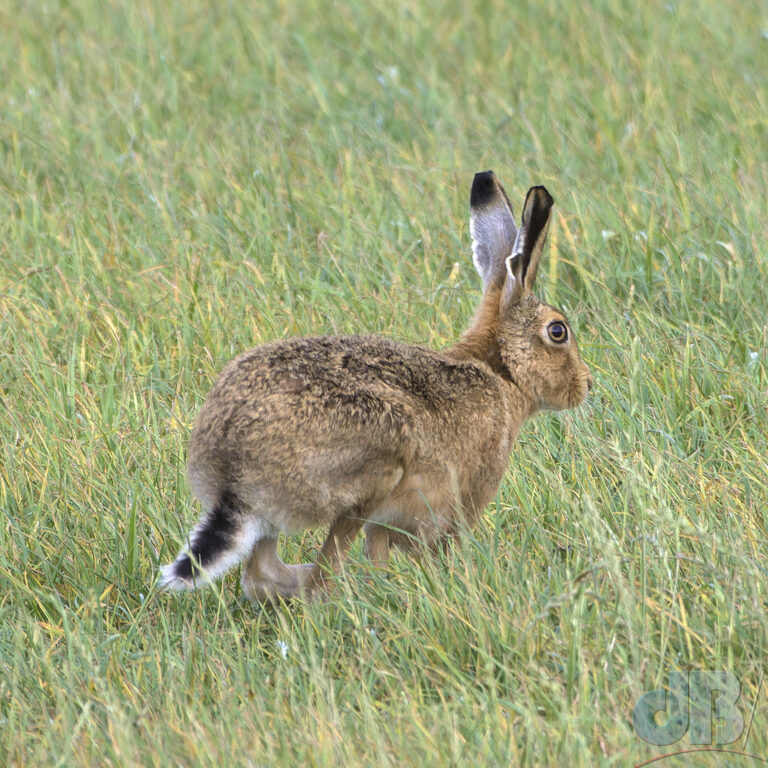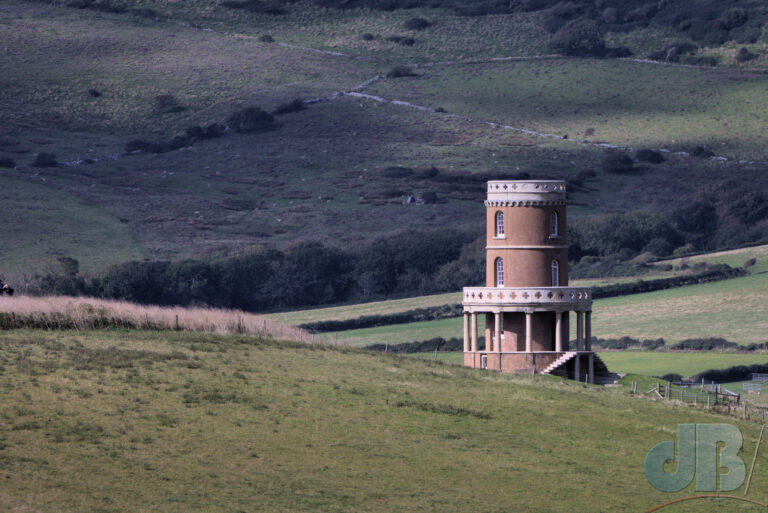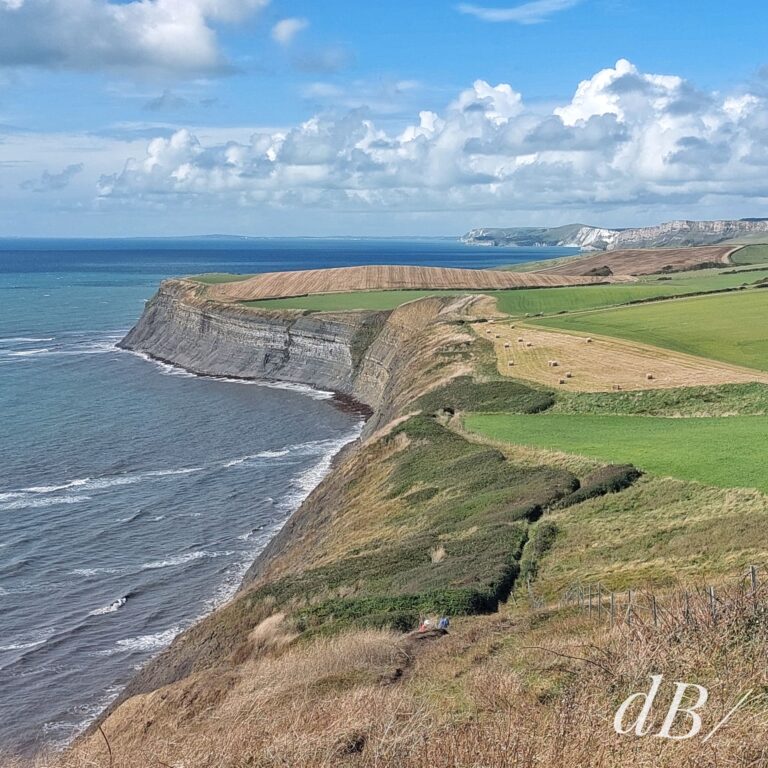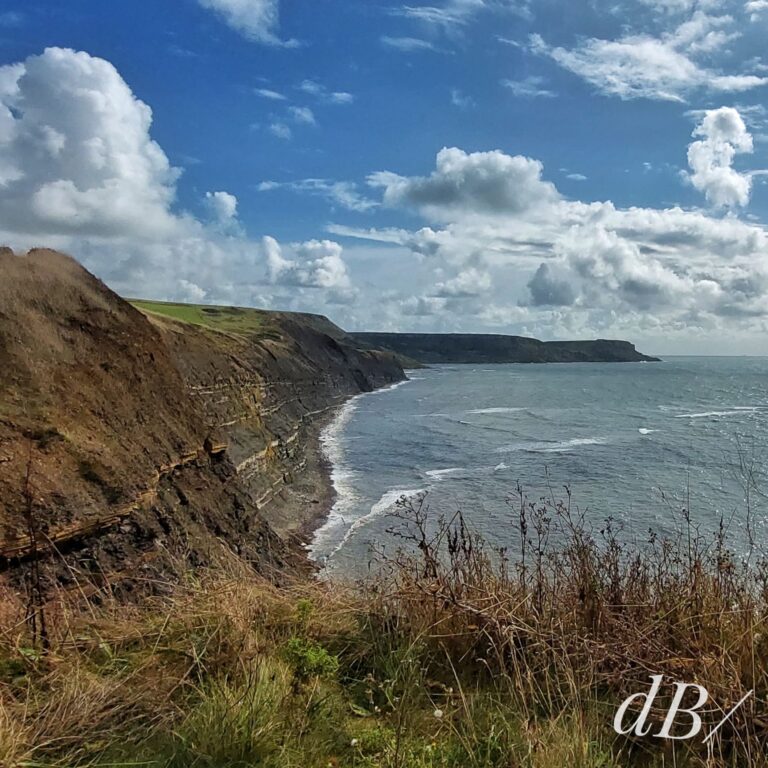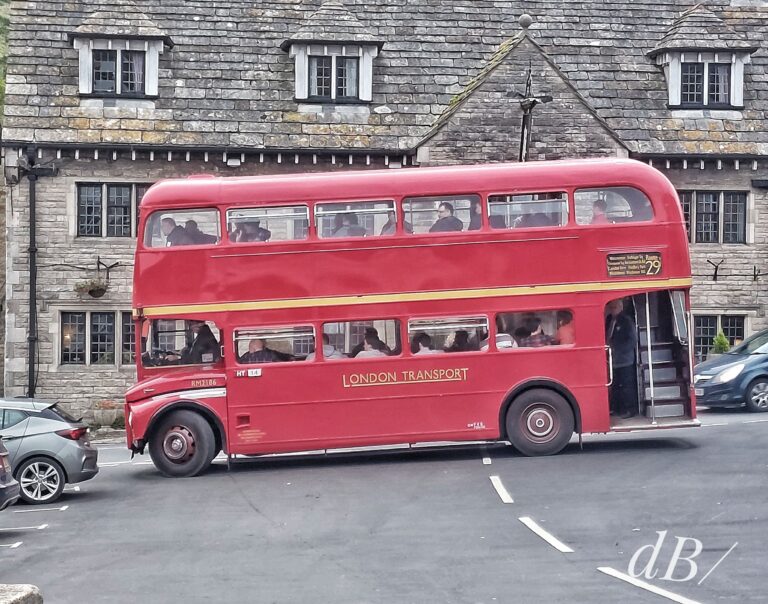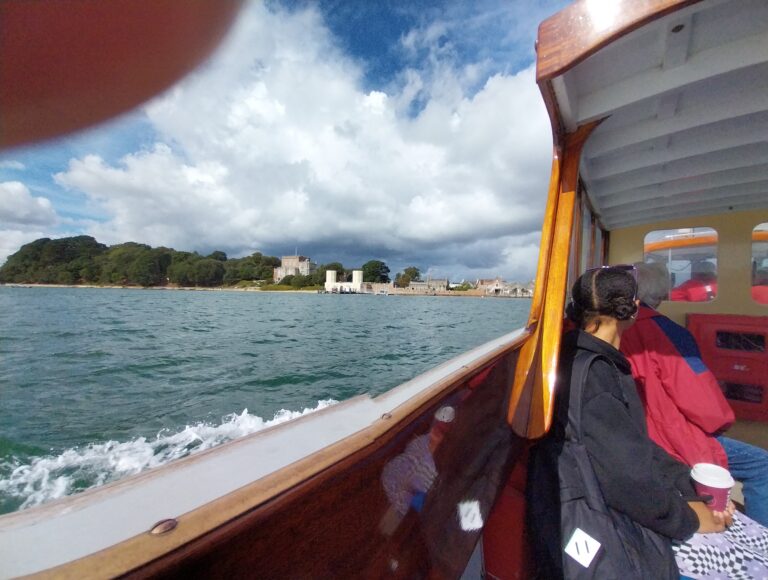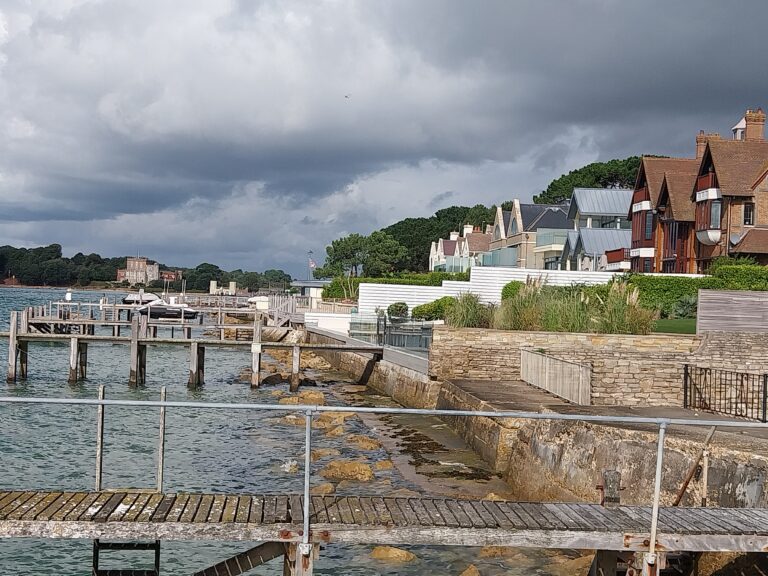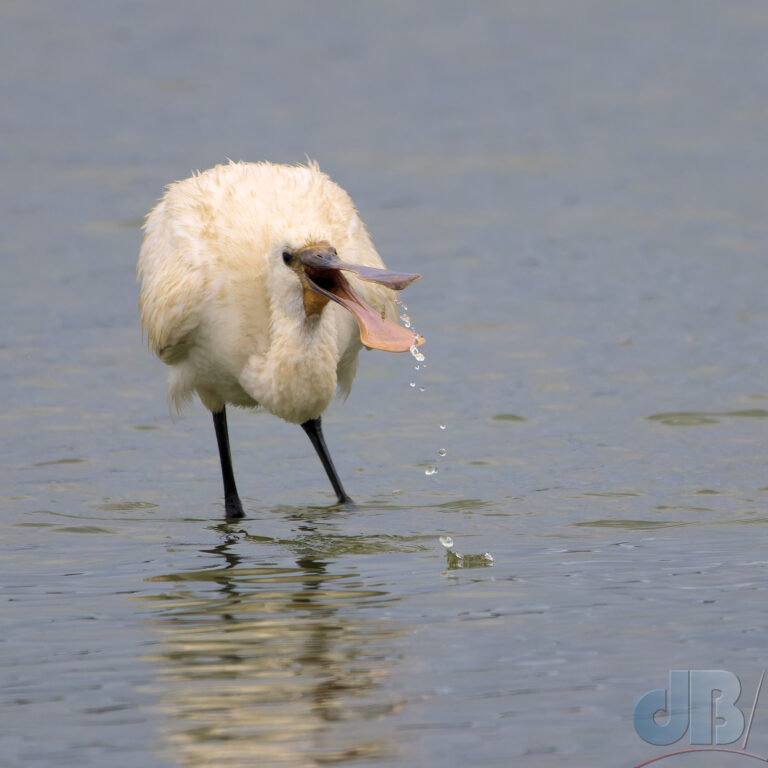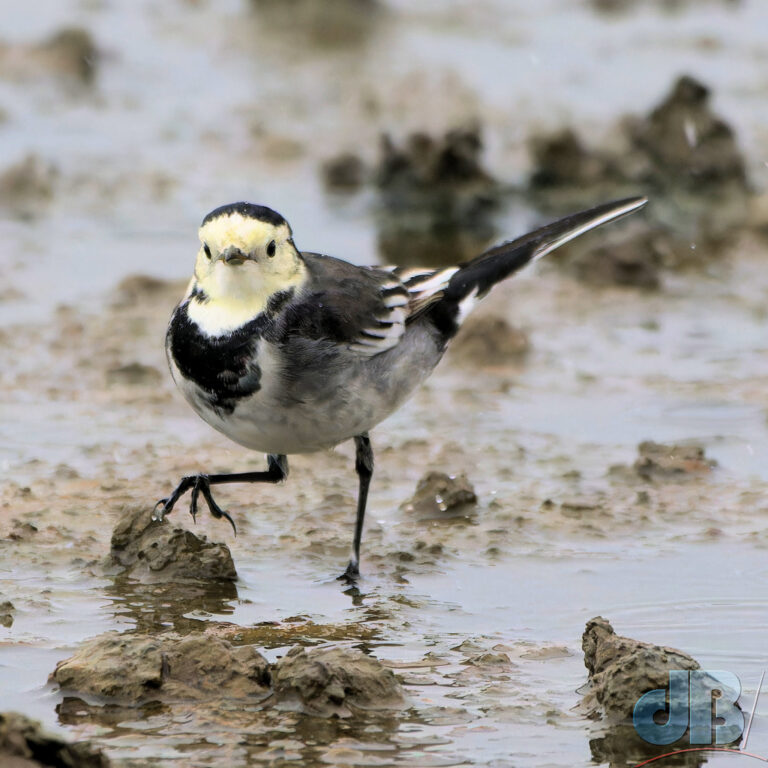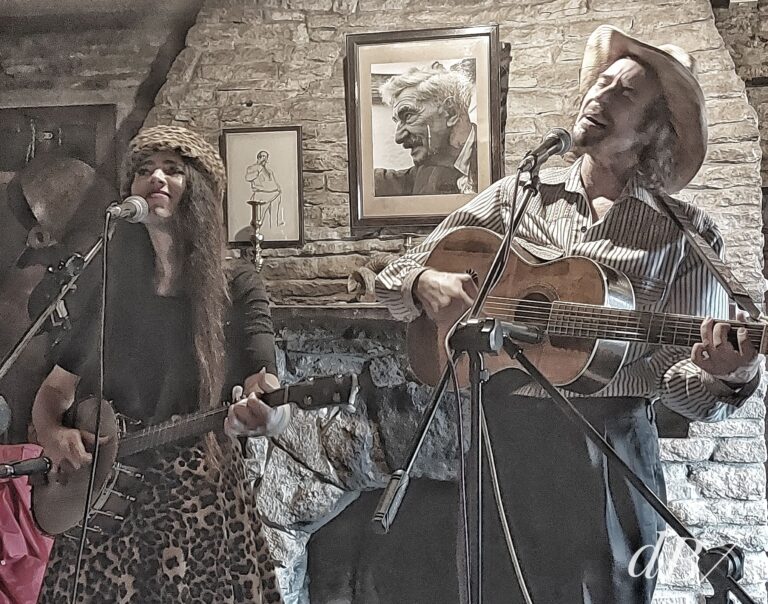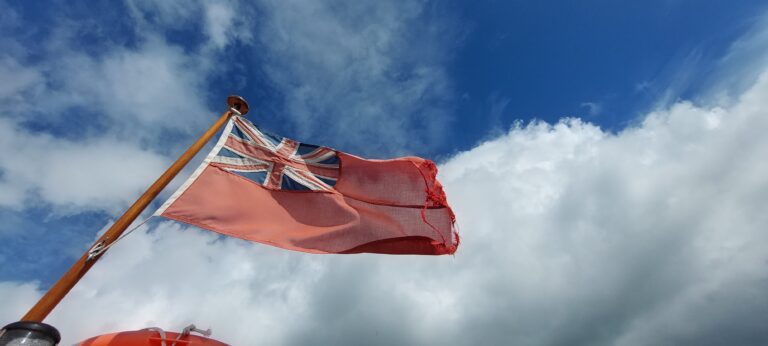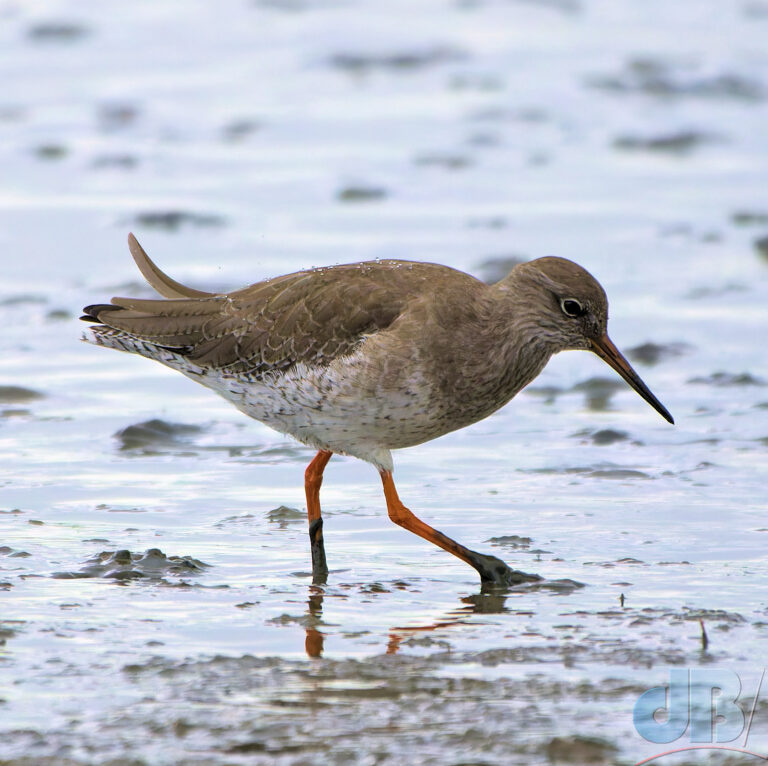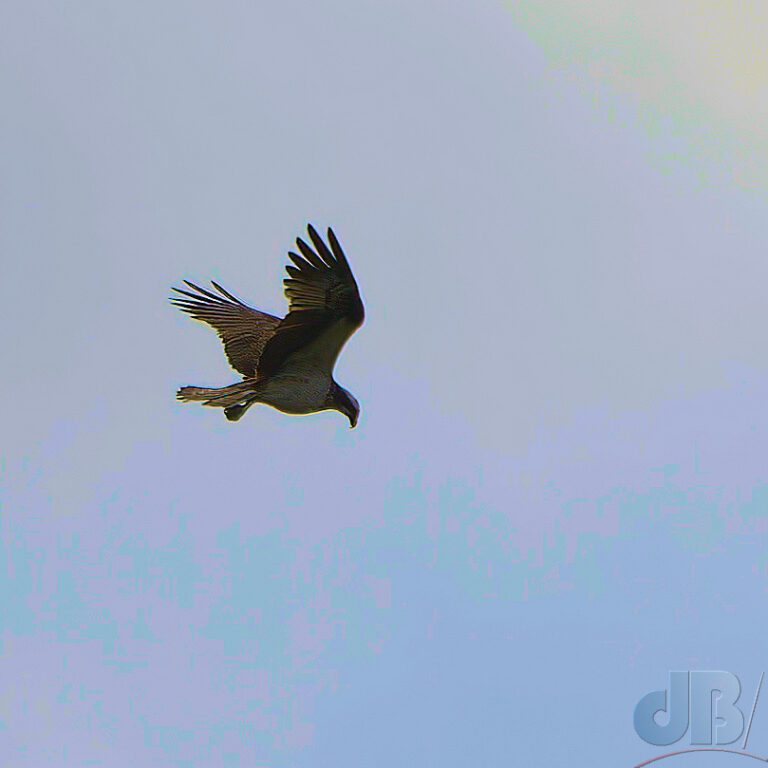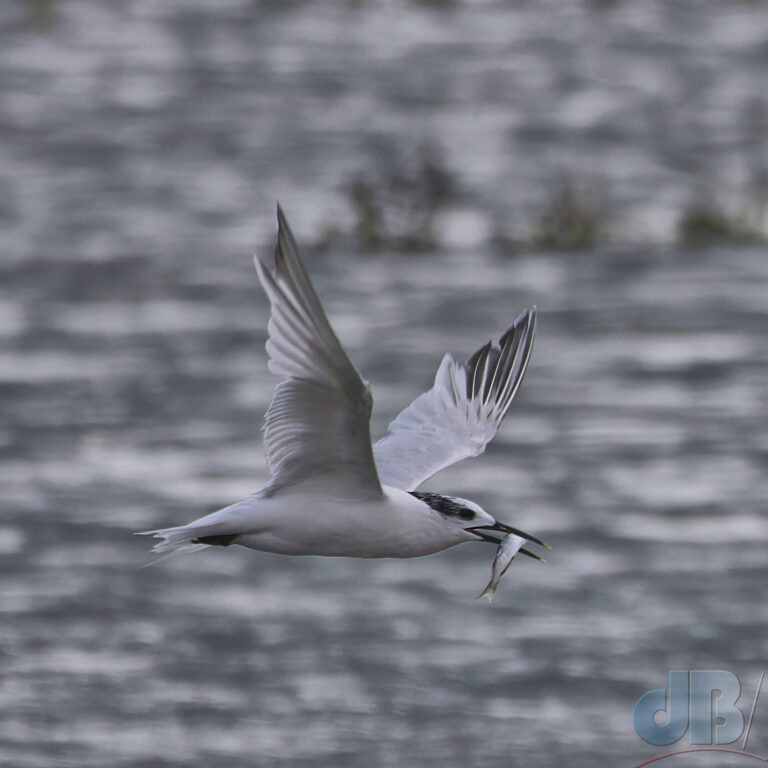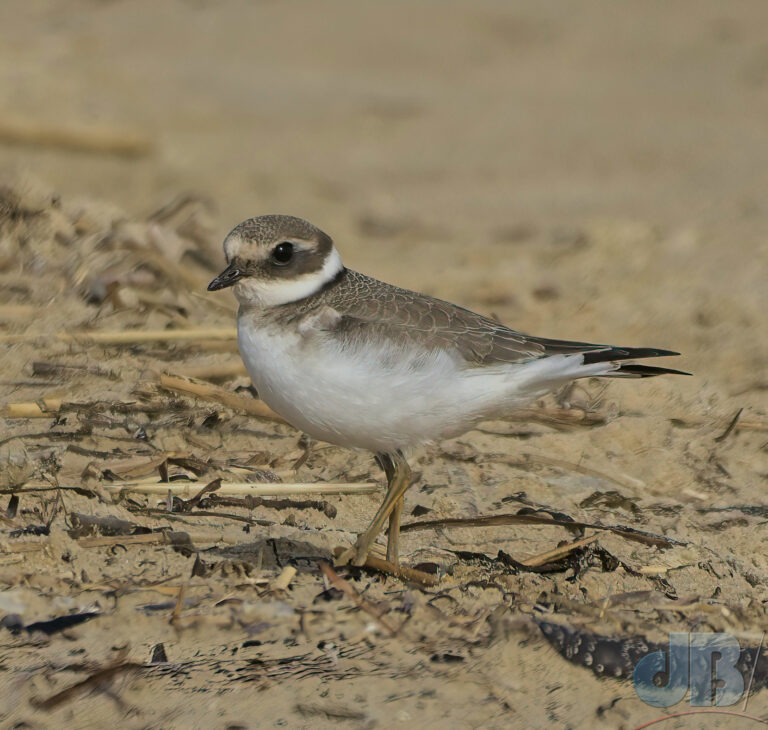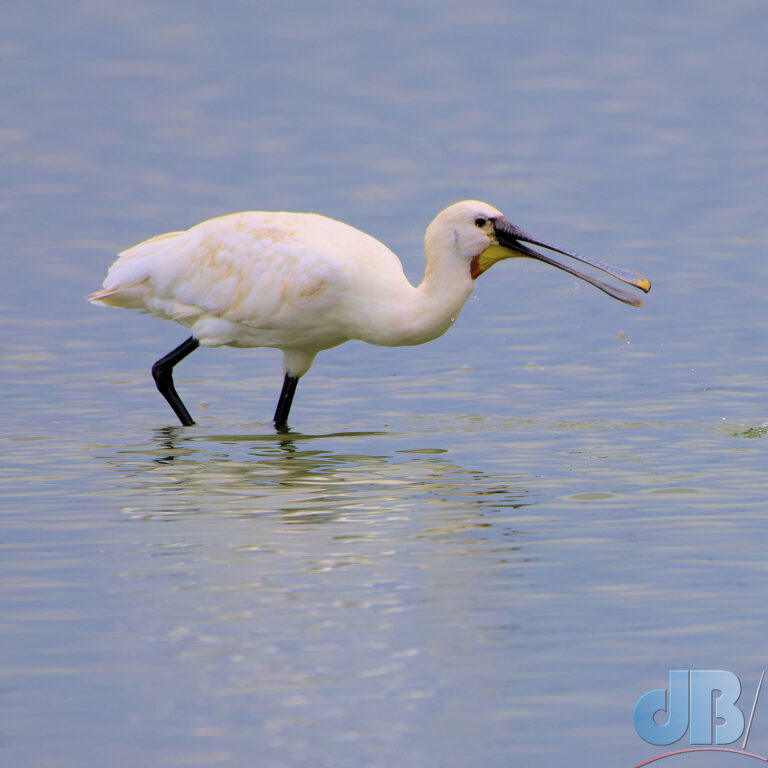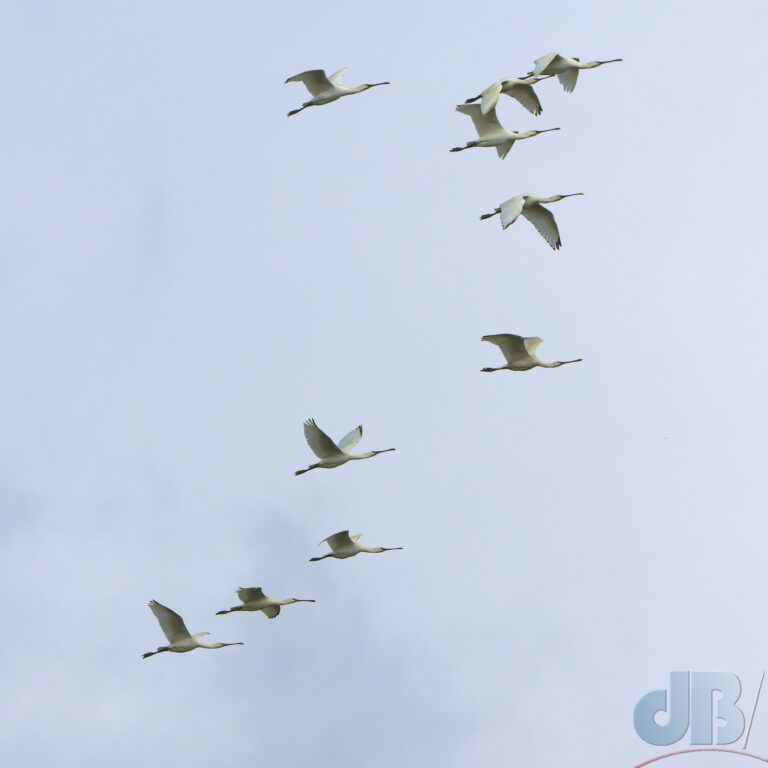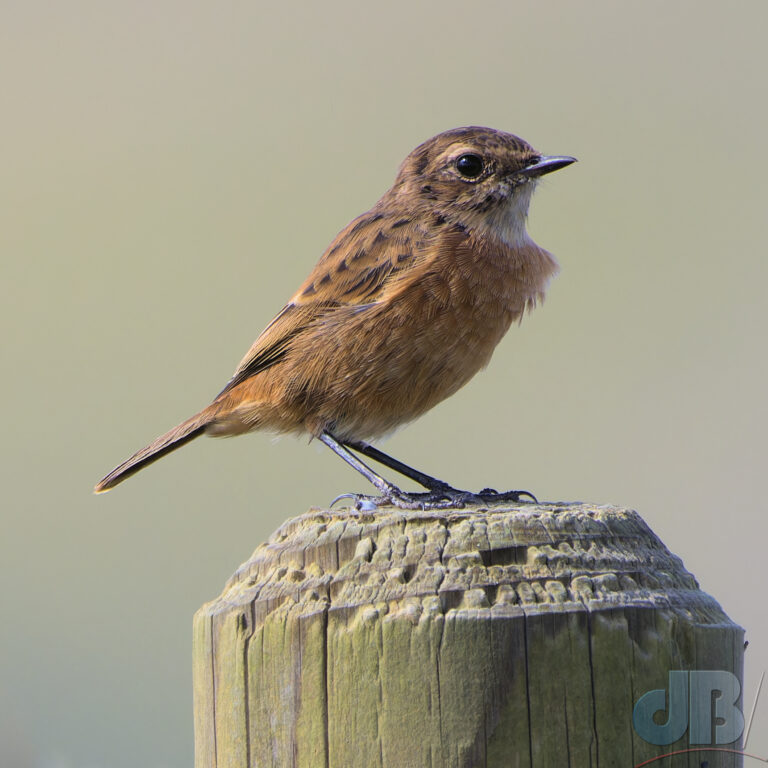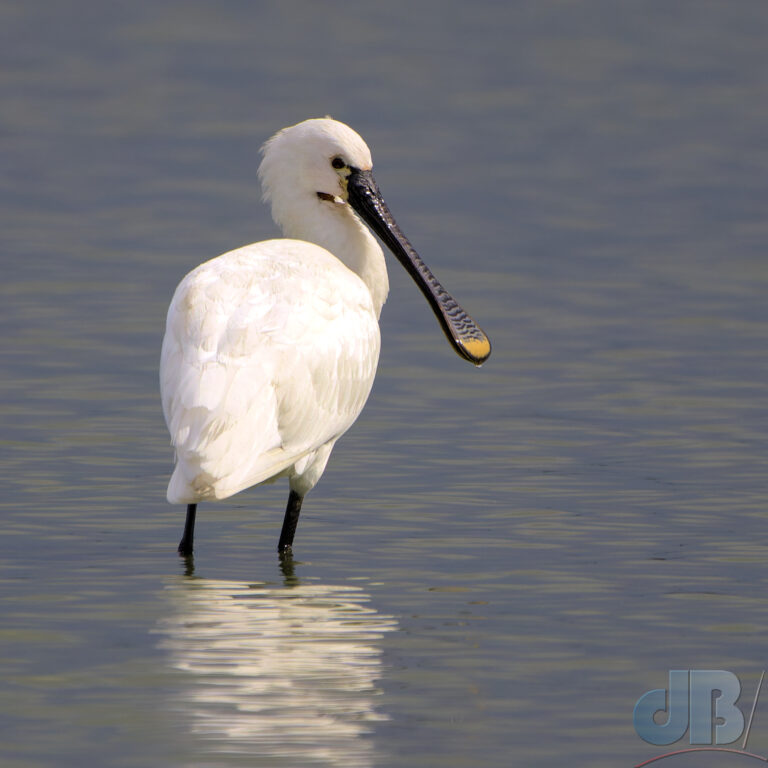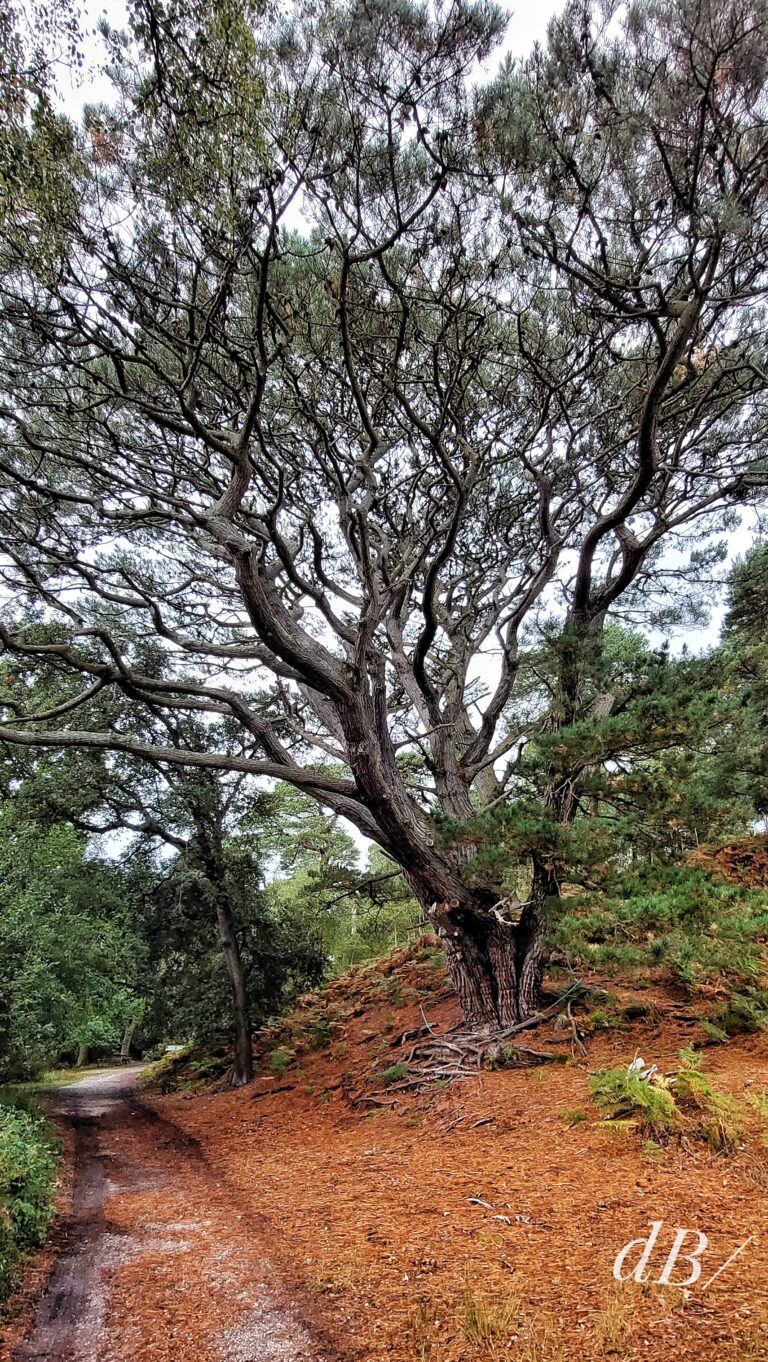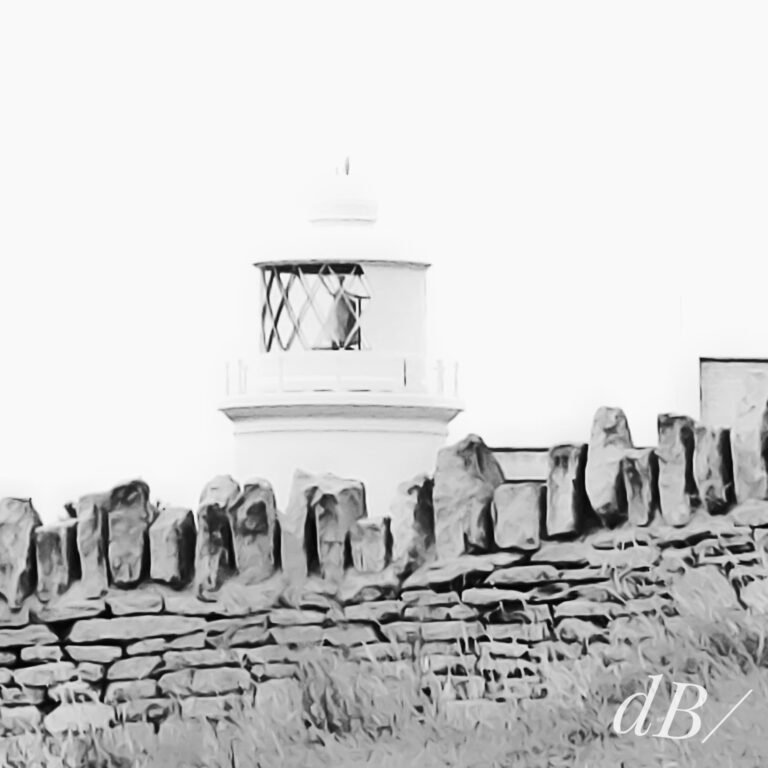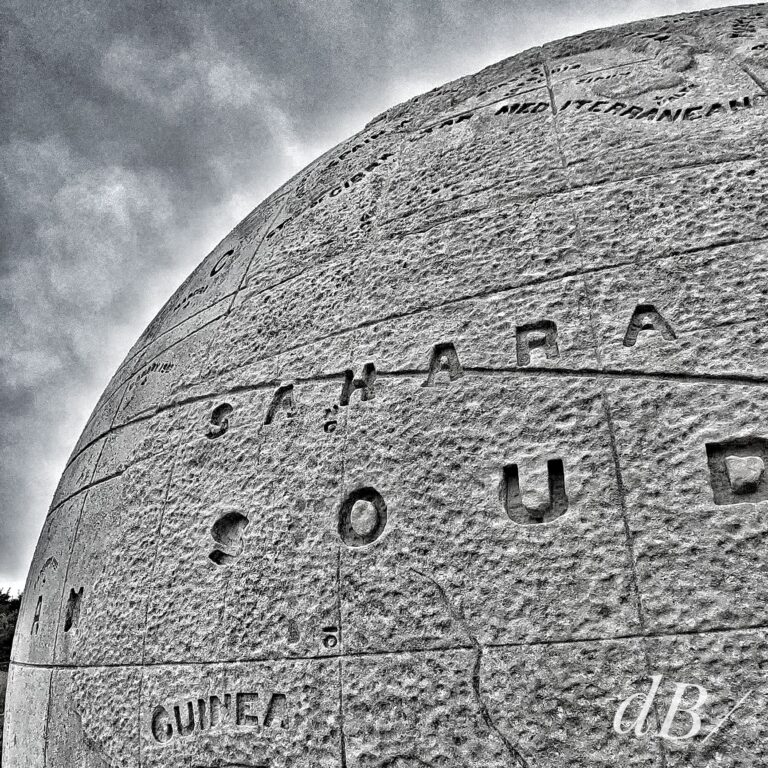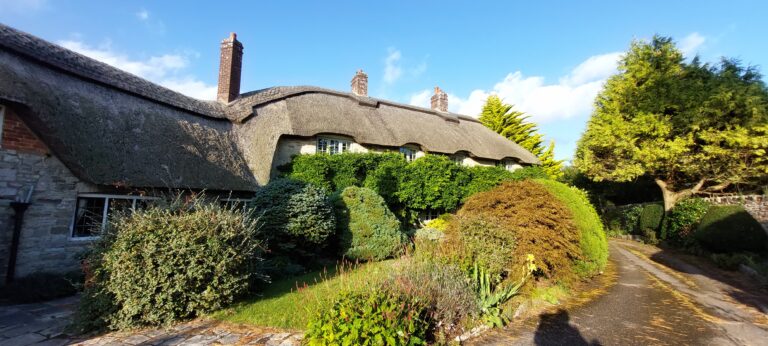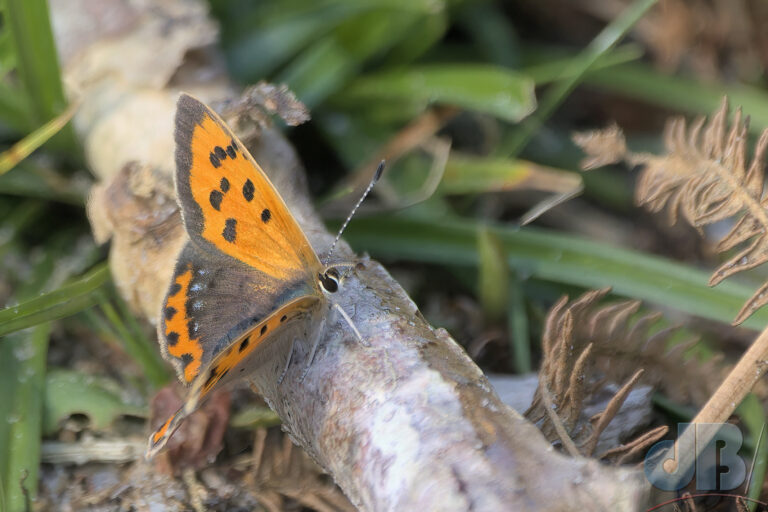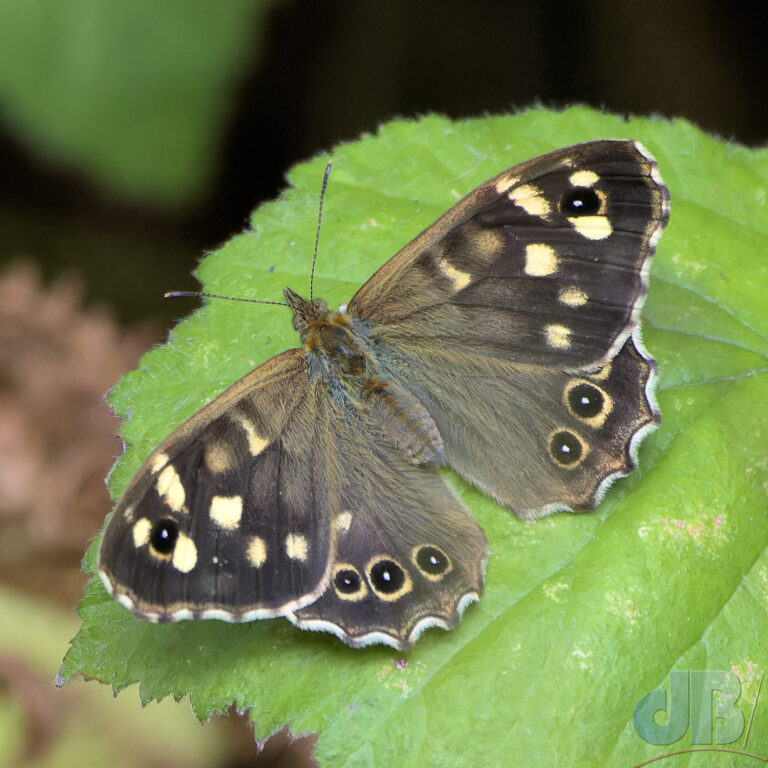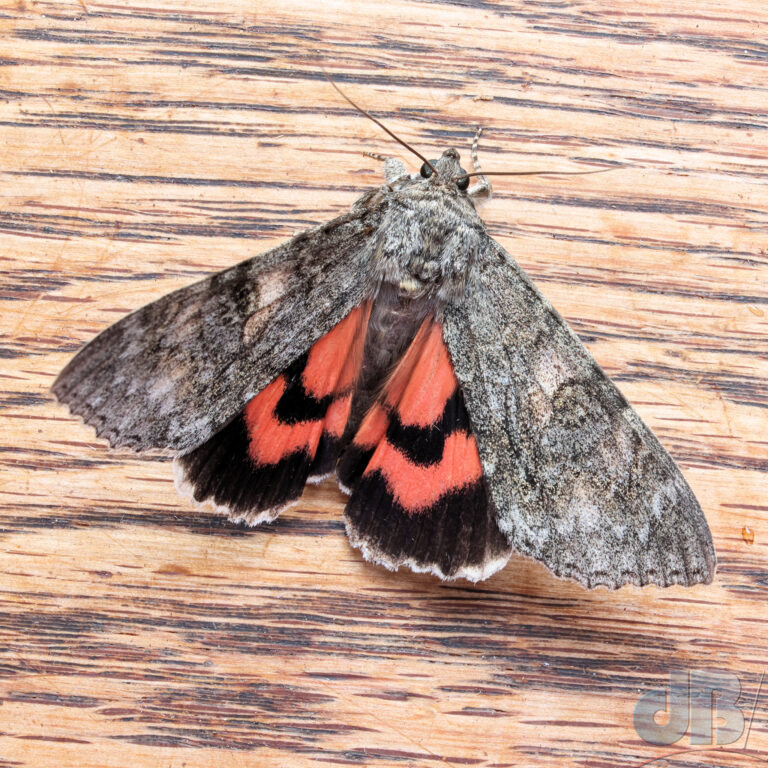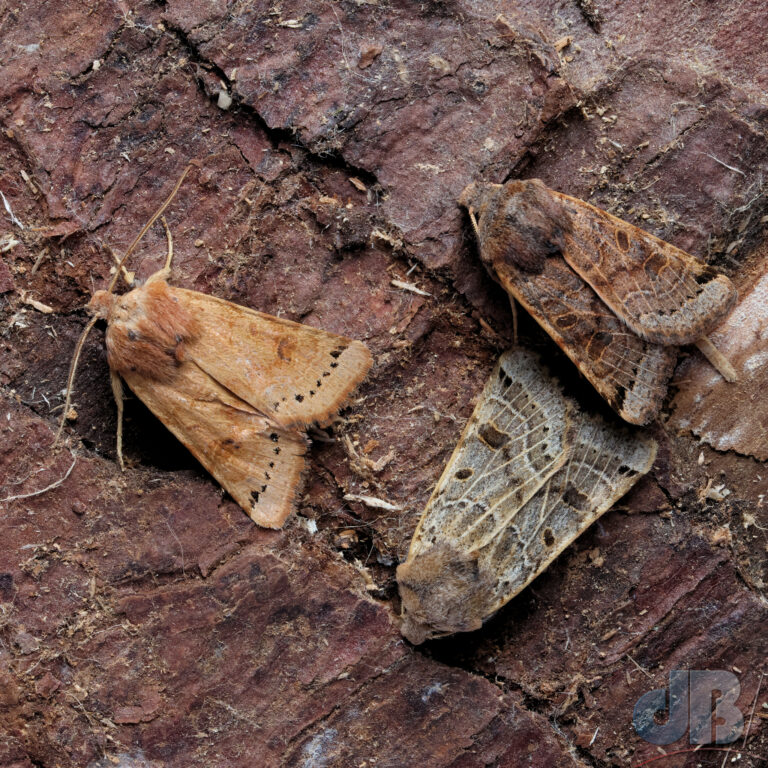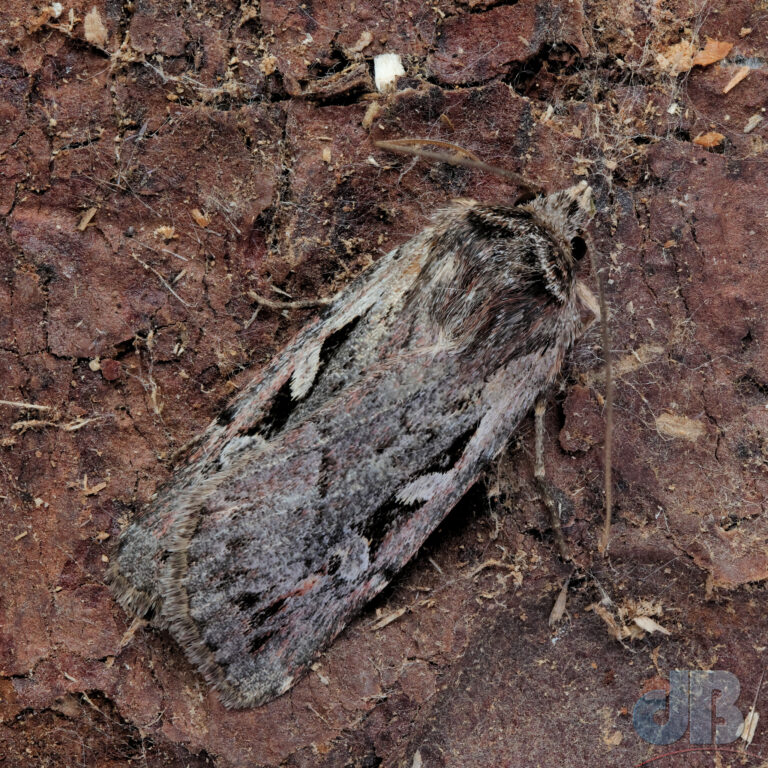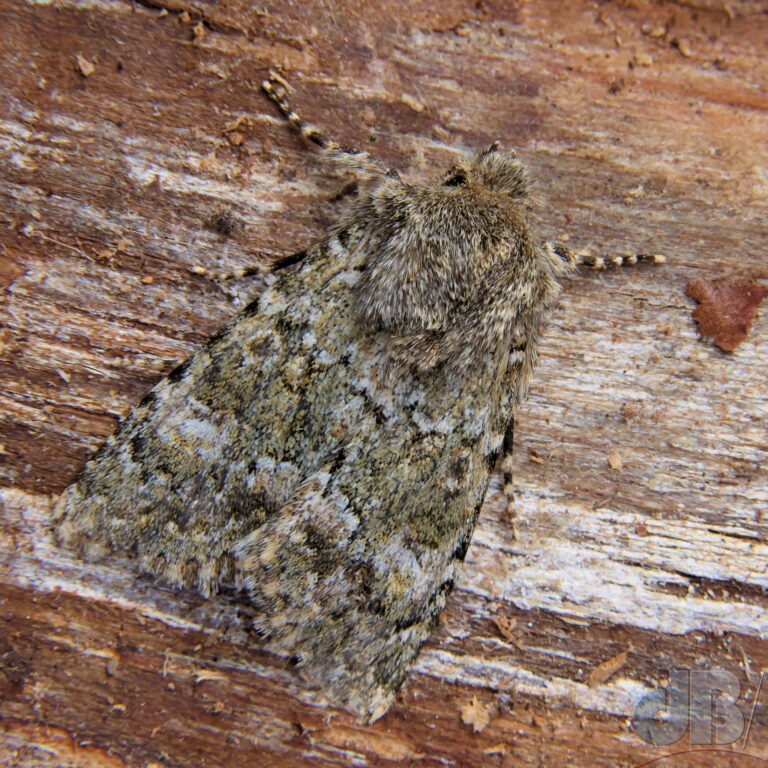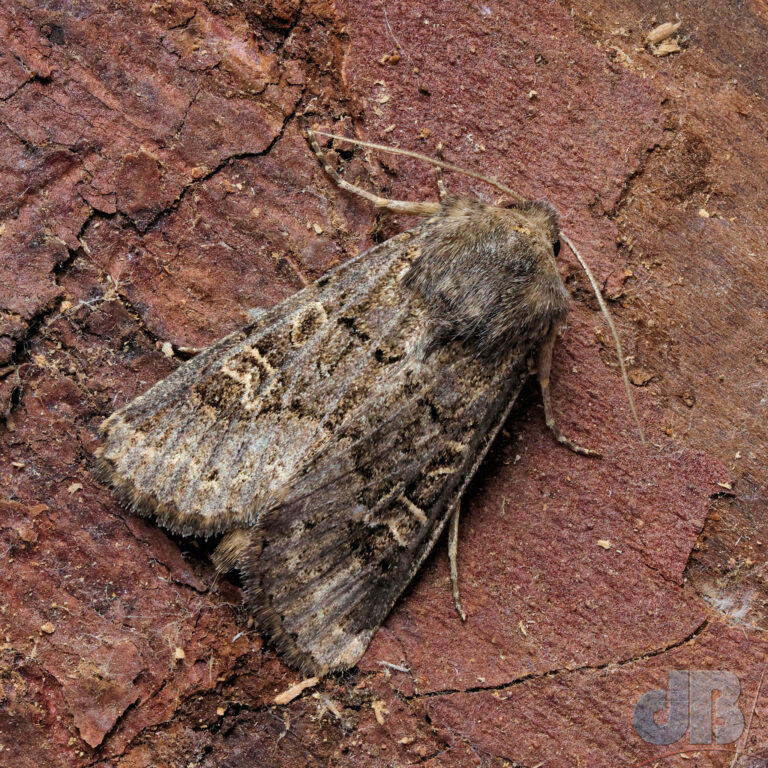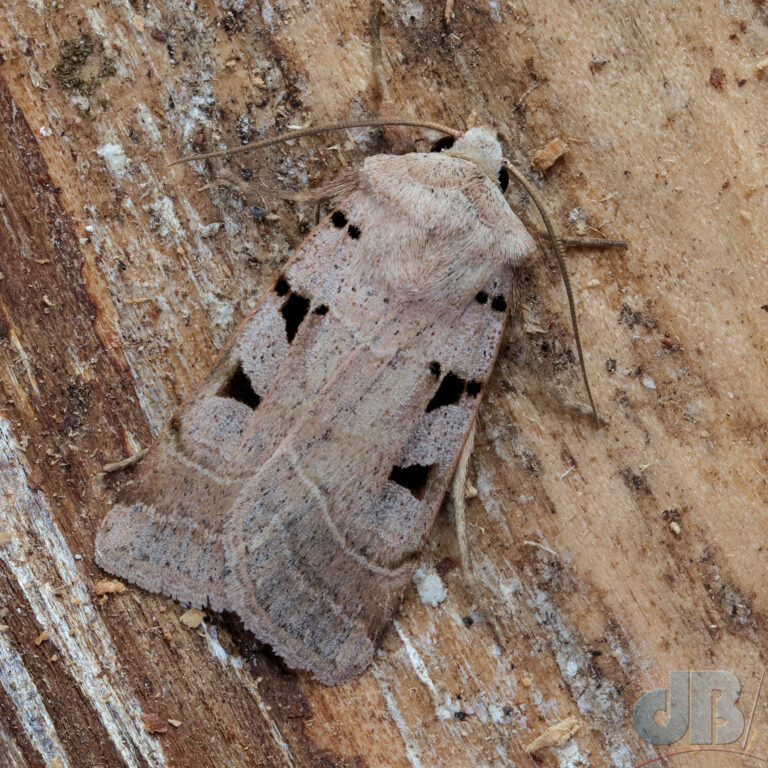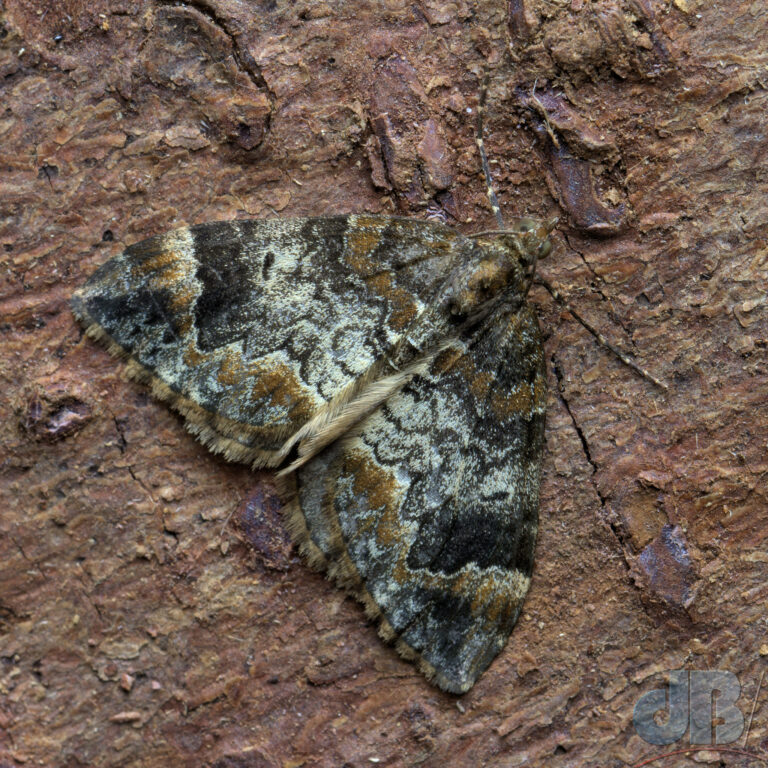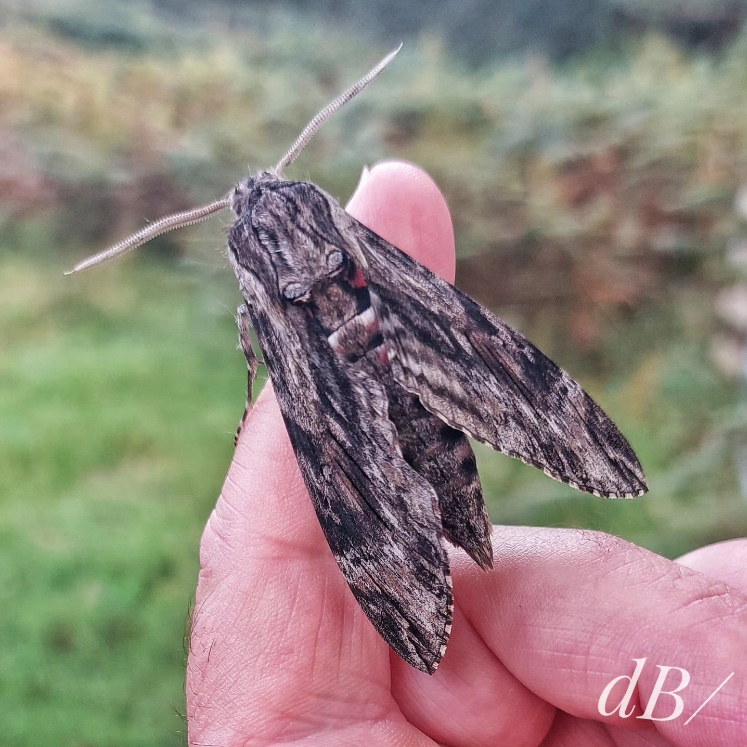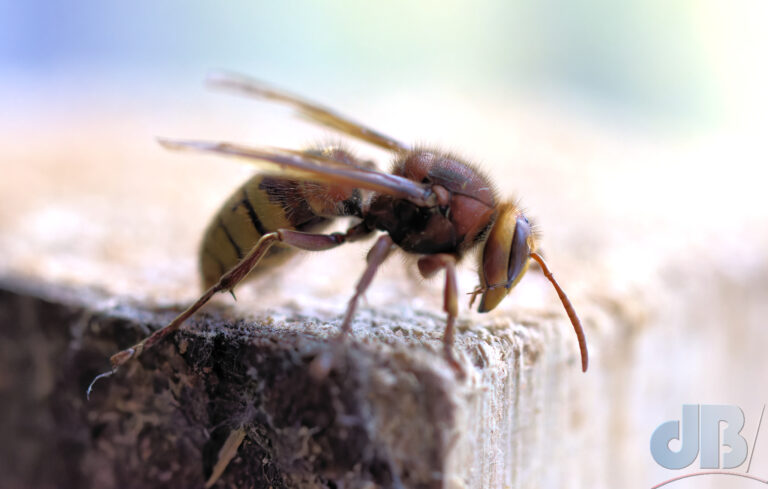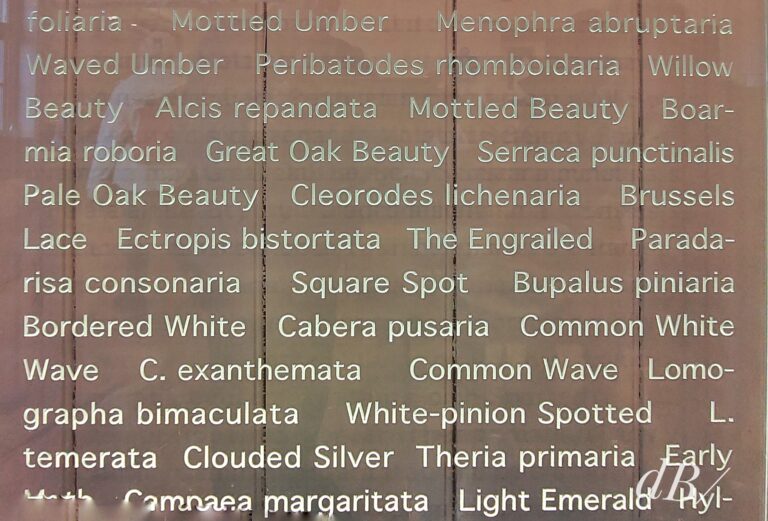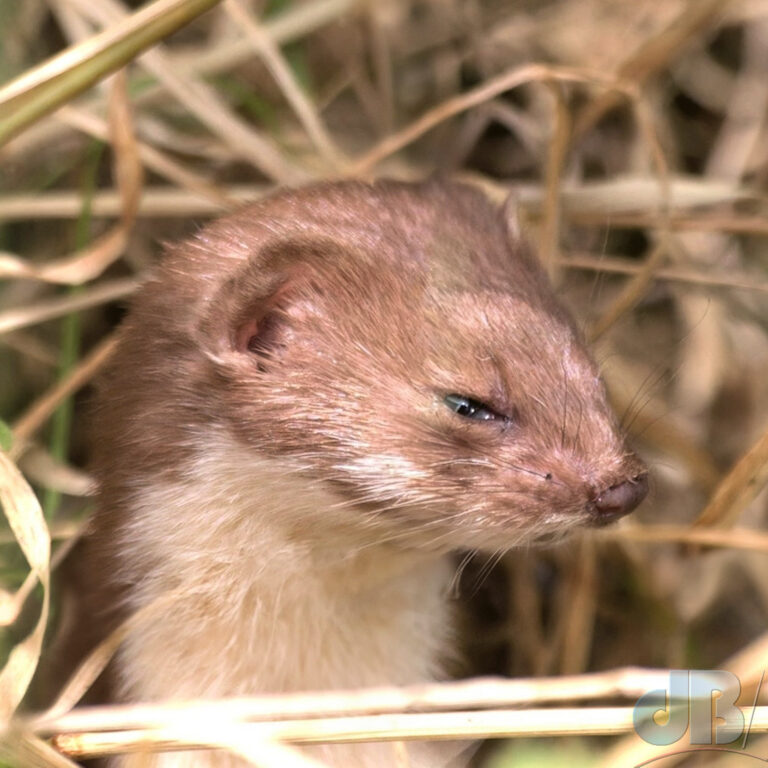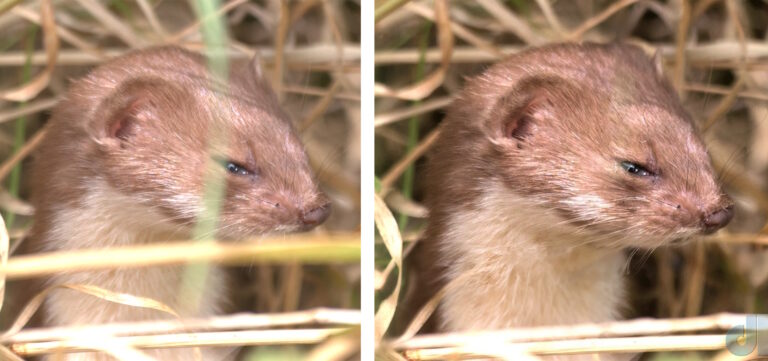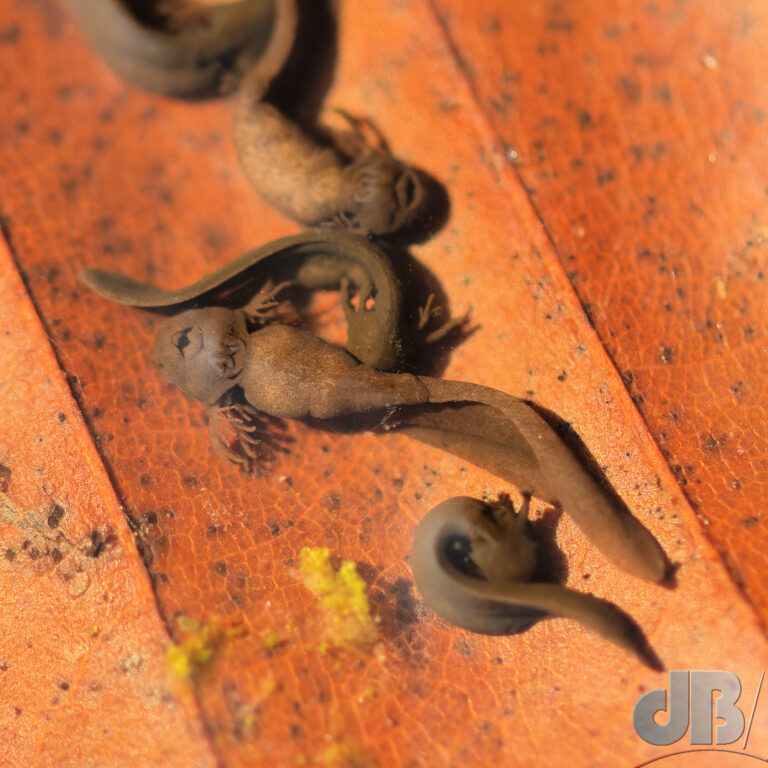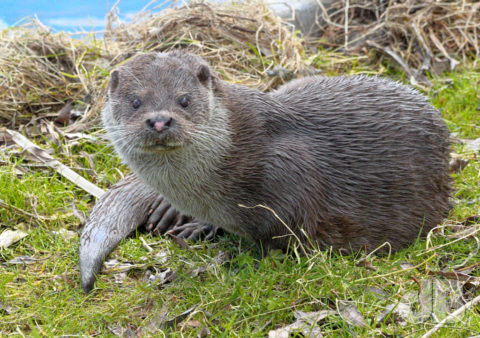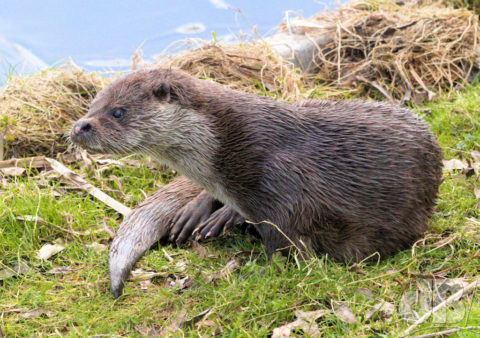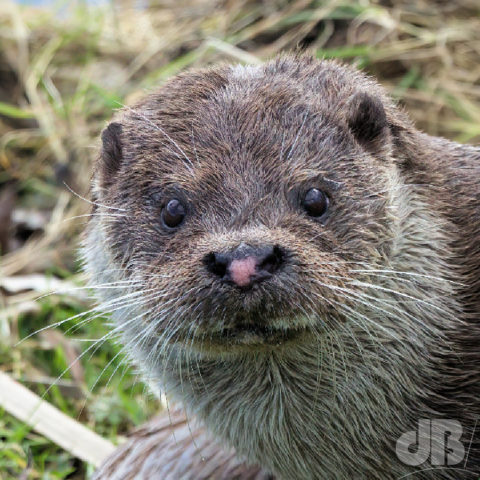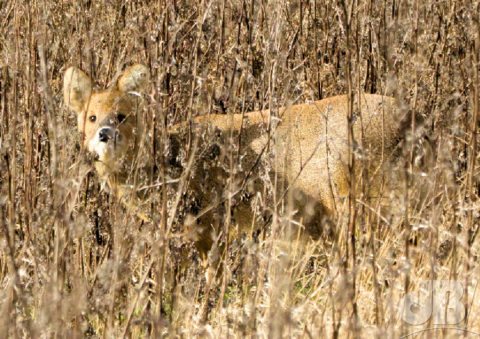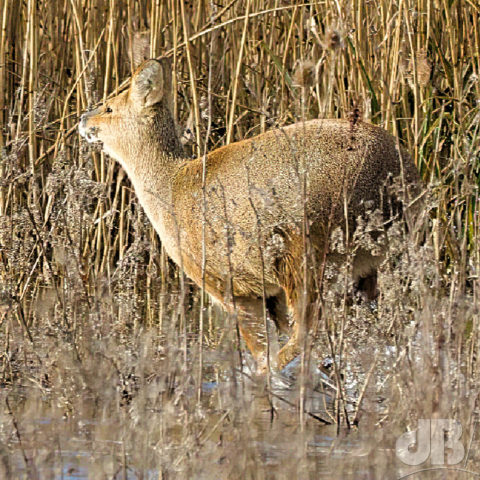UPDATE: 25th April 2025 – The tadpoles are pretty much fully grown, but are yet to start sprouting hind legs.
UPDATE: Larval hatchlings by 20th March or thereabouts, and gills and mouth obvious in the tadpoles just under a week later.
Reluctantly, but for safety reasons, I drained and filled our old pond in March 1998 and relocated dozens and dozens of frogs. Luckily, some of the neighbours at the time had ponds. We’d had spawn that year and that was also sent to a friend’s pond elsewhere in the village, hopefully without transferring any problems. It’s generally not advisable to move anything from one pond to another as there are invasive species and pathogens that might be transferred, but I didn’t really know about ponds back in 1998!
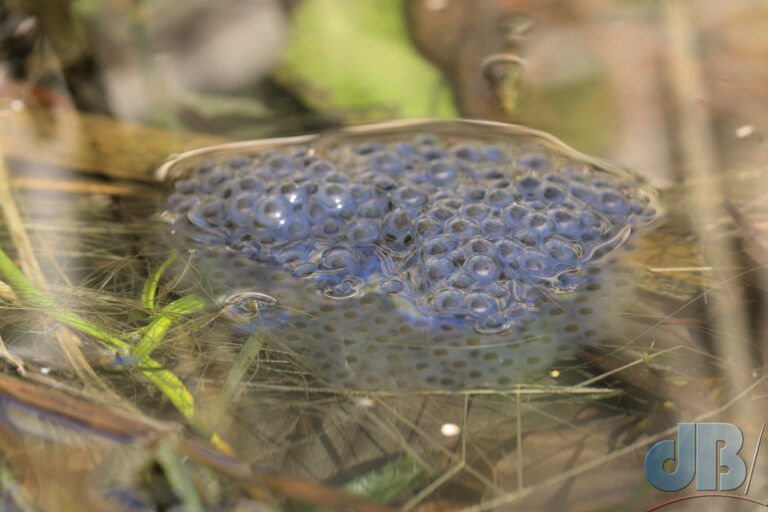
In the years after, we’d have an occasional frog in the garden, usually in a wet patch behind the water butts, but sometimes hopping about the garden on sultry summer nights.
I redug the pond in May 2019. Hooray! I made it just half the original water surface area and it was not quite as deep as the old pond. However, I made sure it had terracing within and double lined it. I planted some native aquatic plants. We saw numerous frogs in lockdown year 2020 and the two species of snail present thrived. I did several music sessions live on Facebook as #PondWatch that spring and summer with thousands of listeners at the peak!
The pond attracted and continues to attract several damselflies and dragonflies. The birds seem to use it actively too. Oh, Mrs Sciencebase has witnessed Grey Herons taking frogs from the pond on at least a couple of occasions.
Herpetologist friend tells me that it is possible to have newts and frogs in the same pond. Indeed, this is obvious when it comes to data from another friend’s pond. I had been warned that newts would eat frogspawn, but seemingly it’s more likely that the frogs would predate the newts.
I’ve kept a record of the first appearance of frogspawn each year: 5th March 2021, 21st February 2022, 11th March 2023, 22nd February 2024, 6th March 2025.
Also of note in the summer of 2024 we had our first sighting of a couple of newts in the garden, on the patio on different wet nights, if memory serves.
